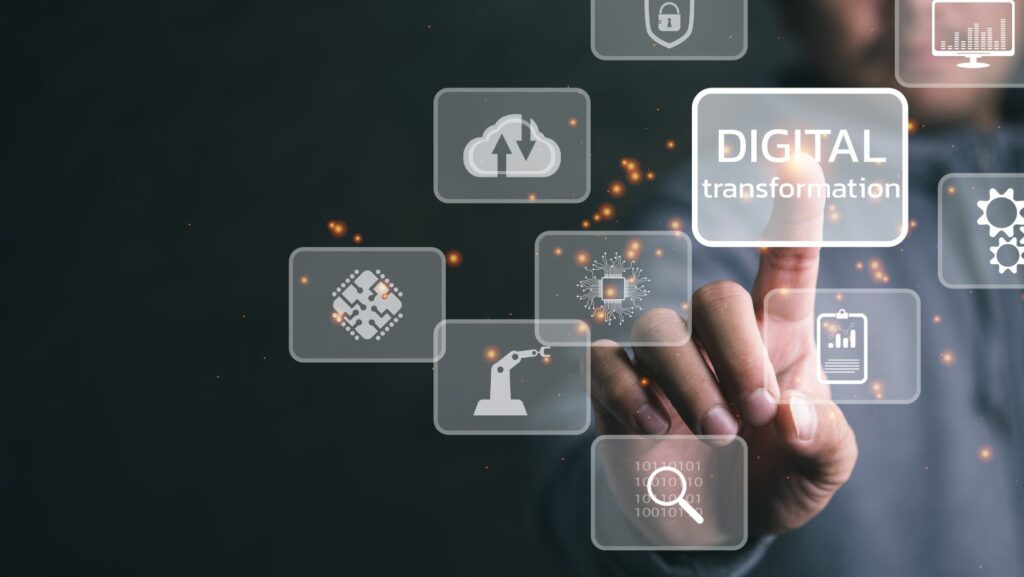The rise of digital innovation has transformed many aspects of modern life, including how we teach and learn. Traditional teaching methods are being reshaped by advancements in technology, leading to more interactive and engaging educational experiences. This shift reflects a change in tools and a fundamental change in the philosophy of education itself. Educators and institutions are adopting digital tools to enhance pedagogy, making learning more accessible, flexible, and interactive.
Emergence of EdTech in Classrooms
The introduction of educational technology (EdTech) in classrooms has revolutionized teaching methods. Tools such as smartboards, tablets, and learning management systems (LMS) have made knowledge acquisition more interactive. EdTech promotes student-centered learning environments where learners have more control over their educational journeys. This shift from teacher-led instruction to a more collaborative approach encourages students to engage with the material actively. Many educational institutions have come to embrace the concept of blended learning, which combines traditional classroom experiences with online learning components.
This hybrid model accommodates different learning styles and encourages independence among students. Students can work at their own pace on various subjects through platforms that facilitate personalized learning pathways. An online summer school is one such approach that offers learners the flexibility to explore subjects outside of the traditional academic year. As a result, the integration of technology into teaching has been shown to increase student engagement significantly. Research indicates that students are more likely to retain information when they can interact with it through technological means rather than passively receiving information through lectures.
Accessibility and Inclusivity in Education
One of the most significant advantages of digital innovation is its potential to enhance accessibility and inclusivity in education. Online learning platforms allow students from diverse geographical, economic, and social backgrounds to access quality education. This democratization of learning opportunities is particularly beneficial for those who might face barriers in traditional educational settings, including physical disabilities or remote geographical locations.
Digital tools can accommodate various learning needs. Students with learning disabilities can benefit from interactive applications or technologies that help them understand complex subjects at their own pace. Video content, adjustable reading materials, and voice recognition software all contribute to creating a more inclusive educational environment. As educators adapt their teaching strategies, they develop a greater awareness of diverse student needs.
Challenges of Implementing Technology in Education
While digital innovation offers numerous benefits, it poses several challenges in the realm of education. One prominent issue is the digital divide, which refers to the gap between those who have easy access to digital technology and those who do not.
This disparity can lead to inequities in educational access and outcomes, particularly impacting low-income students who may lack resources such as stable internet connections or suitable devices. The rapid pace of technological advancement can be overwhelming for educators who may feel unprepared to integrate these tools effectively into their teaching.
Professional development becomes important for teachers to understand the new technologies, their applications, and their implications for pedagogy. Without proper training, even the most innovative digital tools may fail to enrich the learning experience. There are concerns regarding students’ online privacy and the safety of their personal data. Educational institutions must navigate these challenges carefully to ensure they provide a secure environment for students while utilizing digital tools.
The Role of Teachers in a Digital Age
The role of teachers is evolving. While technology can enhance learning experiences, the importance of a skilled and knowledgeable educator remains paramount. Teachers are tasked with delivering content and mentoring, guiding, and fostering critical thinking skills among their students. As facilitators of learning, teachers must become adept at integrating technology into their lessons when appropriate.

This means finding a balance between utilizing digital innovations and maintaining meaningful human interaction. Educators who leverage technology effectively can create dynamic learning experiences that encourage collaboration, creativity, and ingenuity among their students. Teachers serve as the bridge between students and the complexities of the digital world.
Future Trends in Teaching and Technology
As we look ahead, the intersection of digital innovation and teaching methods will continue to evolve. Future trends may include the use of artificial intelligence (AI) to personalize learning experiences further, making education even more tailored to individual student needs. With AI, educators can analyze student performance data more efficiently, allowing for timely interventions or adjustments in teaching strategies.
Virtual and augmented reality (VR and AR) technologies are gaining traction in educational settings, offering immersive learning experiences that can transport students to different times and places or allow them to engage in lifelike simulations. These advances could drastically change how subjects like history, science, and even the arts are taught, creating a more engaging and enriching learning environment.
The future is bright for educational technology, promising to enhance teaching methods, increase engagement, and prepare students for a rapidly changing world. The integration of digital innovations into teaching methods signifies a shift towards more interactive, personalized, and inclusive education. While challenges persist, particularly regarding accessibility and teacher preparedness, the potential benefits of these advancements are undeniable. As educators continue to embrace technology, they are likely to create richer learning environments that respond to the evolving needs of students.


